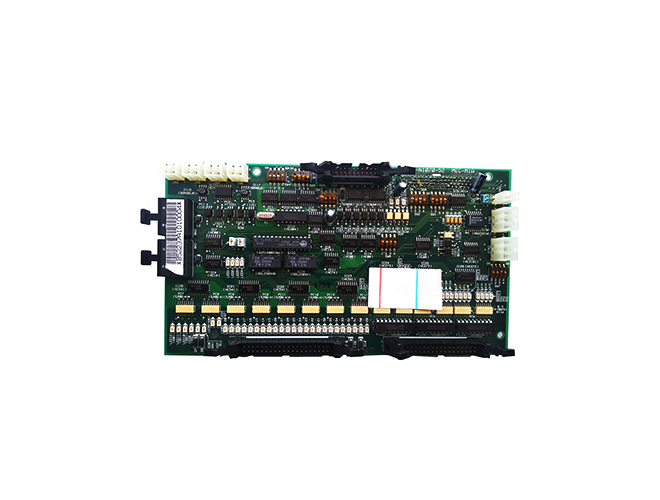-
CN
-
Service Hotline
+8618129931046 Mr. Liao


Time:2025-05-24 Views:1

As the demand for higher data transfer rates and faster processing speeds increases in modern electronic systems, signal integrity optimization in multi - layer PCBs has become a critical design consideration. Signal integrity issues, such as signal attenuation, crosstalk, and reflections, can lead to data errors, reduced system performance, and even system failures.
One of the key methods for optimizing signal integrity is proper trace routing. In multi - layer PCBs, traces should be routed in a way that minimizes signal path length and avoids sharp bends. Sharp bends can introduce impedance discontinuities, which cause signal reflections. Instead, traces should be routed with smooth curves or 45 - degree angles. Differential pairs, which are used for high - speed signals such as USB 3.0 and Ethernet, should be routed closely together and with equal lengths to maintain signal balance and reduce crosstalk. Additionally, separating high - speed signals from low - speed signals and power traces can prevent interference. For example, high - speed digital signals should be routed on inner layers of the PCB, away from the outer layers where power and ground planes are typically located.
Another important aspect is the design of power and ground planes. In multi - layer PCBs, dedicated power and ground planes provide a low - impedance path for power distribution and return currents. These planes should be continuous and have minimal splits or gaps, as any discontinuities can cause voltage fluctuations and electromagnetic interference. By providing a solid power and ground reference, the power and ground planes also help to reduce crosstalk between signal traces. Furthermore, decoupling capacitors should be strategically placed near the power pins of components to filter out high - frequency noise and provide local energy storage.
Controlling the impedance of signal traces is also crucial for signal integrity. The impedance of a trace should match the impedance of the source and load to minimize signal reflections. This can be achieved by carefully selecting the trace width, dielectric thickness, and material properties of the PCB. In multi - layer PCBs, impedance - controlled traces are often used for high - speed signals. Simulation tools, such as electromagnetic field solvers, can be used to predict and optimize the impedance of traces during the design phase.
In addition, proper termination of signal lines is necessary to absorb any reflected signals. Termination resistors can be placed at the source or load end of the trace, depending on the type of signal and the impedance requirements. For example, series termination at the source end can be used to match the output impedance of the driver to the trace impedance, while parallel termination at the load end can be used to match the input impedance of the receiver.